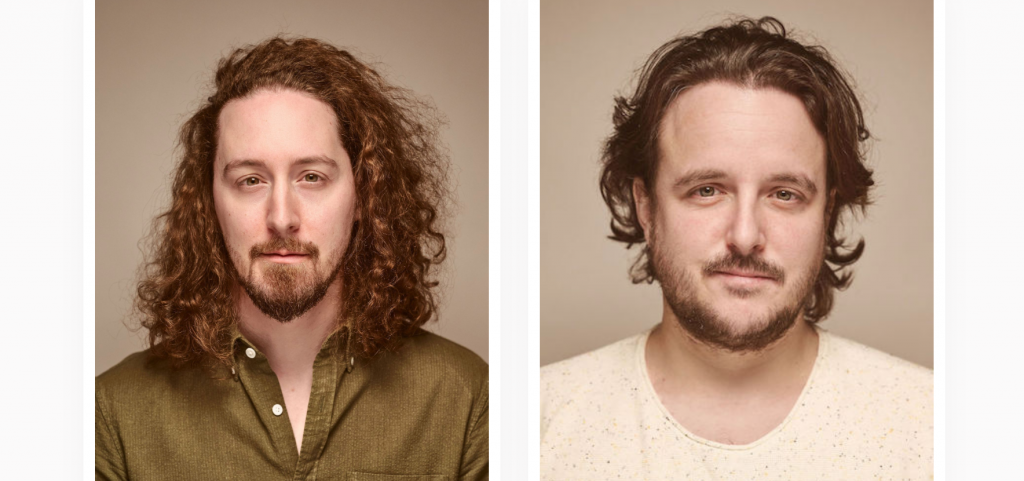Following their recent « Trust Misplaced » study, the Trust Project takes stock of questions to ask to help easily distinguish reliable and impartial news online.
The Trust Project, an international consortium involving approximately 120 news organizations working towards greater transparency and accountability in the global news industry, released a new study. In it, we learn that 82% of the interrogated people appreciate and are still looking for reliable news worldwide.
« The fact that so many people still recognize reliable information’s value is encouraging », Sally Lehrman, founder and Chief executive, Trust Project declares.
The general public is yet still overwhelmed by the news onslaught and worried by the numerous news frauds out there.
Is digitalisation to blame?
According to the organisation, digitalisation has lead to the multiplication of media platforms.
If many are qualitative and trustworthy, some still take advantage of it to spread fake news.
The arrival of social media platforms hasn’t helped the cause either.
« Truth is rapidly becoming a subjective, personal concept ruled mostly by emotions. We now speak OUR truth as opposed to THE truth », Darrel Bricker, PhD, Global CEO, Ipsos Public Affairs, adds.
He adds that media now need, because of digitalisation, to attract eyeballs and clicks and has producers and editors moving to the more extreme edges of news reporting and storytelling.
Stay informed without the stress
Staying informed can also be the cause of a lot of stress, as Trust Project’s founder and Chief executive explains.
« Getting informed is like swimming in an ocean of poisonous jellyfish. People have trouble keeping up with the rapid evolution of the news cycle and, at the same time, correctly interpreting news they find online, and acting accordingly. This creates anxiety in an already difficult year. »
One of the key findings of that study shows that only 30% of the interrogated news readers know how to differentiate a piece of real information from fake news.
The consortium then asked : how can we help the population make sure a piece of news is trustworthy?
They came up with 5 questions the general public can ask themselves to distinguish reliable news more easily.
- Can you identify the news organisation?
Does it clearly state who owns it, does it publish its ethics code and other general guidelines, and does it present its mission and priorities in terms of news coverage?
- Is there diversity?
What efforts and commitments does the media make to present diverse points of view, according to races, social classes, generations, geography, genders, sexual?
- Is it news or an opinion piece?
Is the article designed to inform or to convince you? In the case of trust worthy journalism, the pieces you read are here to help you make your own opinions.
- Can you identify the sources?
Does the journalist clearly present their sources and indicate why they are reliable? Do you see more than one source confirming what has been said in the article?
- Is the journalist an expert?
Does he know your community, does he use solid proofs, is he rigorous?
An alert and engaged public
According to the teams behind the study, the general public has an important role to play in the mediatic landscape’s quality
By asking these questions, readers can stay alert and can prevent spreading even more fake news.
« Everyday people don’t often recognize their own role in maintaining a healthy information environment that prioritizes honesty and substance », Sally Lehrman continues.
According to her, « few people just “consume” news – we integrate it with other things we know, we act on it, we share it on our digital devices and by word-of-mouth ».
« By taking a few steps to assess the sources of our news, we have a more reliable foundation to act upon. We also have the security of knowing that anything we pass along comes from a trustworthy source. The purveyors of misinformation and deception rely on gullible people to amplify their message and give it credence », she concludes.




